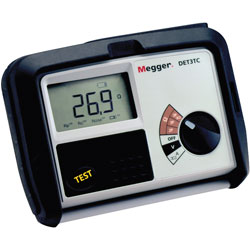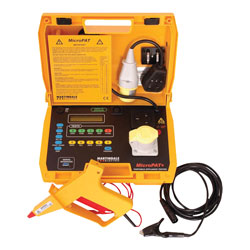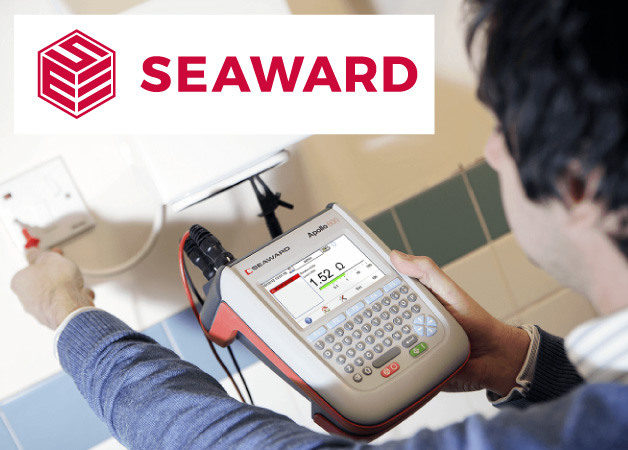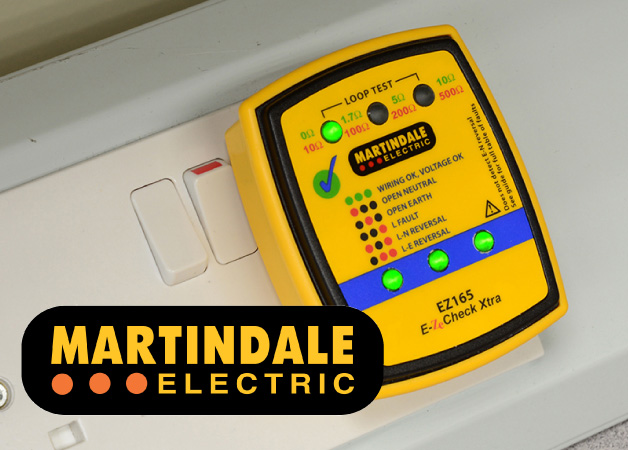Electrical Installation & PAT Testing
Electrical Insulation Testers
Electrical installation testers verify the safety of installations in domestic, commercial and industrial settings. The testers ensure that fixed wiring is safe and correctly installed to meet relevant local standards and safety requirements. Multifunction testers are ideal for testing a range of electrical parameters such as voltage, earth resistance, loop impedance and more. Many multifunction testers offer additional features such as Bluetooth, allowing you to store and transfer data from the device to a computer or mobile device. Rapid also have a range of testers to verify the electrical safety and the functional testing of Electric Vehicle Supply Equipment (EVSE).
Voltage Protection
As an electrician, you know these as your go-to, frontline troubleshooting tools—the first tools you reach for, and for good reason.
Rapid work with many of the leading names in voltage detection with FLUKE, Martindale, Testo & Voltcraft in the range designed for use in every application and in nearly any environment.
Including non-contact voltage detectors and voltage testers with continuity detectors these testers are accurate, safe and easy to use.
These are the tools that belong in your tool belt. Once you have them, you’ll wonder how you ever worked without them.
Safe Isolation
Safe isolation procedures are in place to ensure that workers on site are not exposed to danger when working on or near live electrical systems and equipment. Both the standards for the equipment and the potential penalties for non-compliance have changed in recent years.
With around 1,000 serious accidents in the workplace each year and 16% of all fatalities linked to electricity, it’s clear to see how following simple safe isolation procedures and using the correct equipment can keep your team safe and avoid heavy penalties which can exceed £10M for non-compliance. In fact changes to sentencing guidelines for health and safety offences have resulted in average fines trebling.
The rules of safe isolation are:
- Obtain permission to start work (a Permit may be required in some situations)
- Identify the source(s) of supply using an approved voltage indicator or test lamp
- Prove that the approved voltage indicator or test lamp is functioning correctly
- Isolate the supply(s)
- Secure the isolation
- Prove the system/equipment is DEAD using an approved voltage indicator or test lamp
- Prove that the approved voltage indicator or test lamp is functioning correctly
- Put up warning signs to tell other people that the electrical installation has been isolated
- Once the system/equipment is proved DEAD, work can begin












